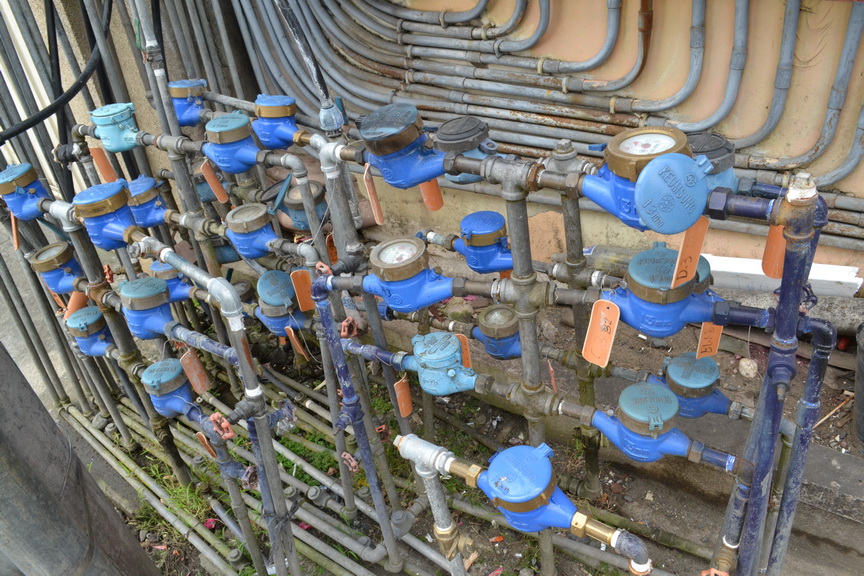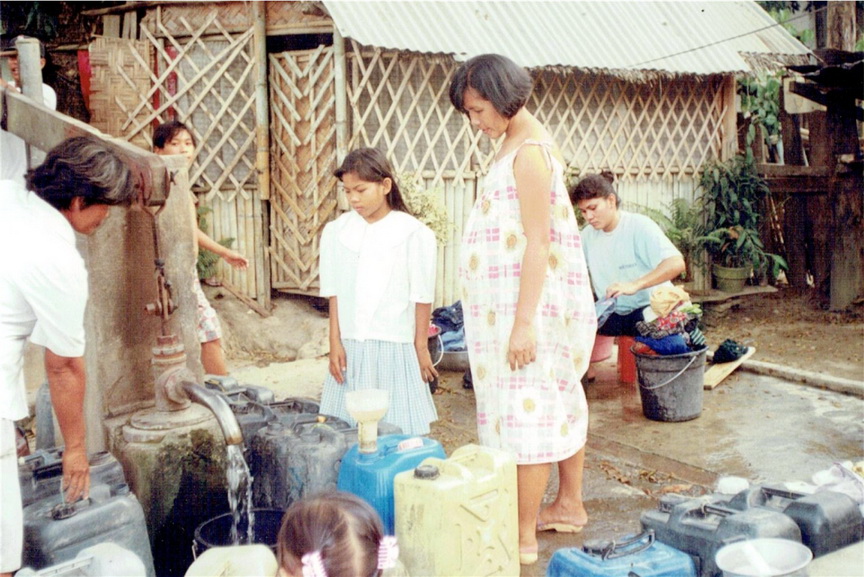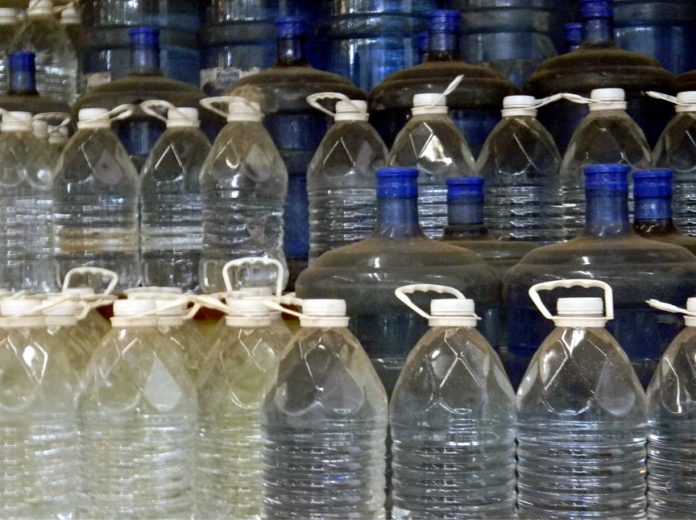It seems there are only two necessities in life that make people to howl in protest immediately. One is electricity (especially if you are watching the basketball championship or the finale of a tele-novela) and the other is water (particularly if you are taking a bath).
Among the two, it’s water that you cannot live without. Without electricity, you can always use other means like fanning yourself when it is too hot or using a lamp at night time. But without water, you cease to exist. As Albert Szent-Gyorygi, Hungarian biochemist and Nobel Prize for medicine, puts it: “There is no life without water.”
Water is more important than energy. “Unlike energy crisis,” Klaus Toepfer, former executive director of United Nations Environment Program, pointed out, “the water crisis is life threatening.”
The Philippines, despite being surrounded by bodies of water, is most likely to experience water crisis. Davao City, the home base of President Rodrigo R. Duterte, is a case in point. As the economy continues to boom, the population also keeps exploding. More people means more mouths drinking water.
A recent report from the Davao City Water District (DCWD) showed that the number of their new customers has increased by an average of 2,000 per month.
“Water demand in Davao City is expected to reach 117 million cubic meters three years from now, higher than the 112 million cubic meters’ annual requirement of the city,” the report pointed out.
It may be unthinkable but a study done in 1991 by the Japan International Cooperation Agency (JICA) identified Davao City as among the nine major cities in the Philippines as “water-critical areas.” The other eight cities are Metro Manila, Metro Cebu, Baguio, Angeles, Bacolod, Iloilo, Cagayan de Oro and Zamboanga.
In some parts of the city, water interruption is now a common thing. One time, a managing editor of a local daily posted in his Facebook recently: “I was late for my work today. I didn’t take a bath until 8 am since there was no water.”
Currently, 9% of DCWD customers are experiencing low water pressure to no water during peak hours.
Is there a solution in sight? One possible solution is the Bulk Water Supply Project, in which the DCWD uses the Tamugan River as a new surface source. The commissioning will start in 2019 and its full blown operation in 2020.
According to DCWD, the new source can supply as much as 400 million liters of water per day. In addition, the groundwater sources could supply as much as 135 million liters of water per day. These “are more than enough to cover the projected water demand of 331.5 million liters per day for the water utility’s service coverage area by 2012,” the water district said in a statement.
Once the bulk water source becomes operational, DCWD “will be resting 44 of its 74 production wells to allow these water sources to replenish and avoid irreversible environment-damaging effects of excessive groundwater extraction.”
 Engr. Edwin V. Regalado, the water district’s general manager, said that its source capacity to demand ratio is pegged at 1.54:1, which is higher than the standard set by the Local Water Utilities Administration of 1.25:1. It simply means DCWD’s water supply is 54% higher than the demand of its customers.
Engr. Edwin V. Regalado, the water district’s general manager, said that its source capacity to demand ratio is pegged at 1.54:1, which is higher than the standard set by the Local Water Utilities Administration of 1.25:1. It simply means DCWD’s water supply is 54% higher than the demand of its customers.
“With the existing water source to demand ratio and the upcoming new water source, DCWD can ensure Davao City of sustainable water supply,” Engr. Regalado assured.
But the question is: for how long?
“Today, we withdraw water far faster than it can be recharged – unsustainably mining what was once a renewable resource,” deplores Janet Abramovitz, a researcher of the Washington-based Worldwatch Institute.
In 2007, Davao Today came up with a news report that water crisis in Davao is possible, as a result of the denudation of watershed areas. That was the observation of the environmental group Interface Development Interventions (Idis).
Lia Jasmin Esquillo, who was described in the report as Idis executive director, was quoted as saying: “Over the years, we have warned about the wanton destruction of Davao’s upland watersheds and their surrounding environment by banana and pineapple plantations. We have already sounded the alarm that converting these areas to these plantations spells disaster which we might come sooner than later.”
Both banana and pineapple plantations had been cited as possible culprits. “Most of these plantations are on top of recharge zones, which are areas of land through which water passes through holes or cracks in soil and rock to fill an aquifer. Deep-rooted trees should be planted in recharge zones so that the rainwater can refill the aquifers,” the article, quoting Esquillo, said.
 The United Nations and the Stockholm Environment Institute, in a collaborative report, said that by the year 2025, two-thirds of the world’s population would be affected by water shortages.
The United Nations and the Stockholm Environment Institute, in a collaborative report, said that by the year 2025, two-thirds of the world’s population would be affected by water shortages.
“World demand for water doubles every 21 years, but the volume available is the same as it was in the Roman times,” observes Sir Crispin Tickell, former British ambassador to the United Nations and one of the organizers of the 1992 Earth Summit in Rio de Janeiro. “Something has got to give.”
Sandra Postel, director of the Massachusetts- Global Water Policy Project, believes water crisis will be right along with climate change a future threat. More importantly, higher global temperatures will worsen the current water problems.
“Although the two are related, water has no substitutes. We can transition away from coal and oil to solar, wind and other renewable energy sources. But there is no transitioning away from water to something else,” said the head of the group that seeks to save fresh water. – (To be continued)







